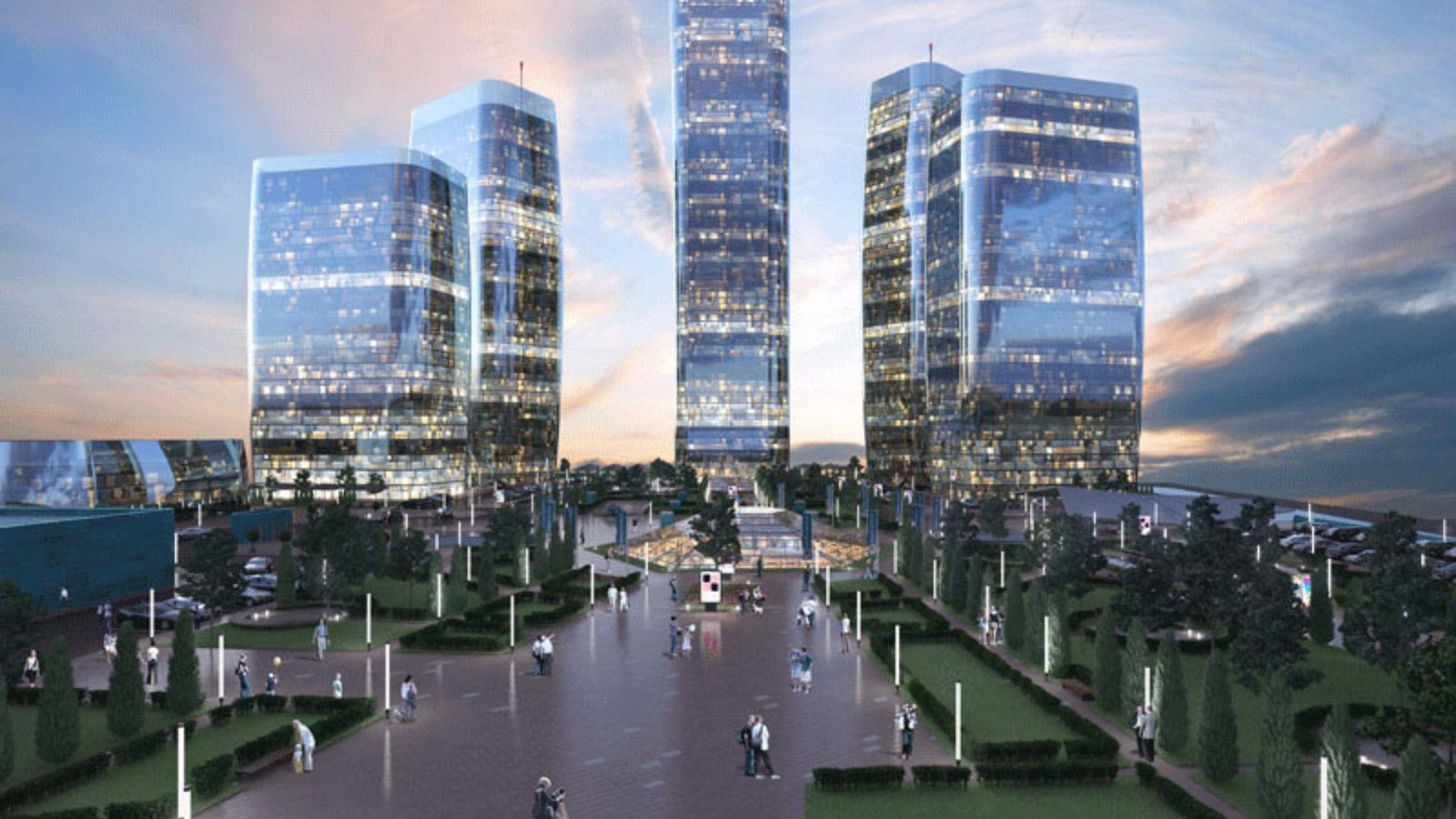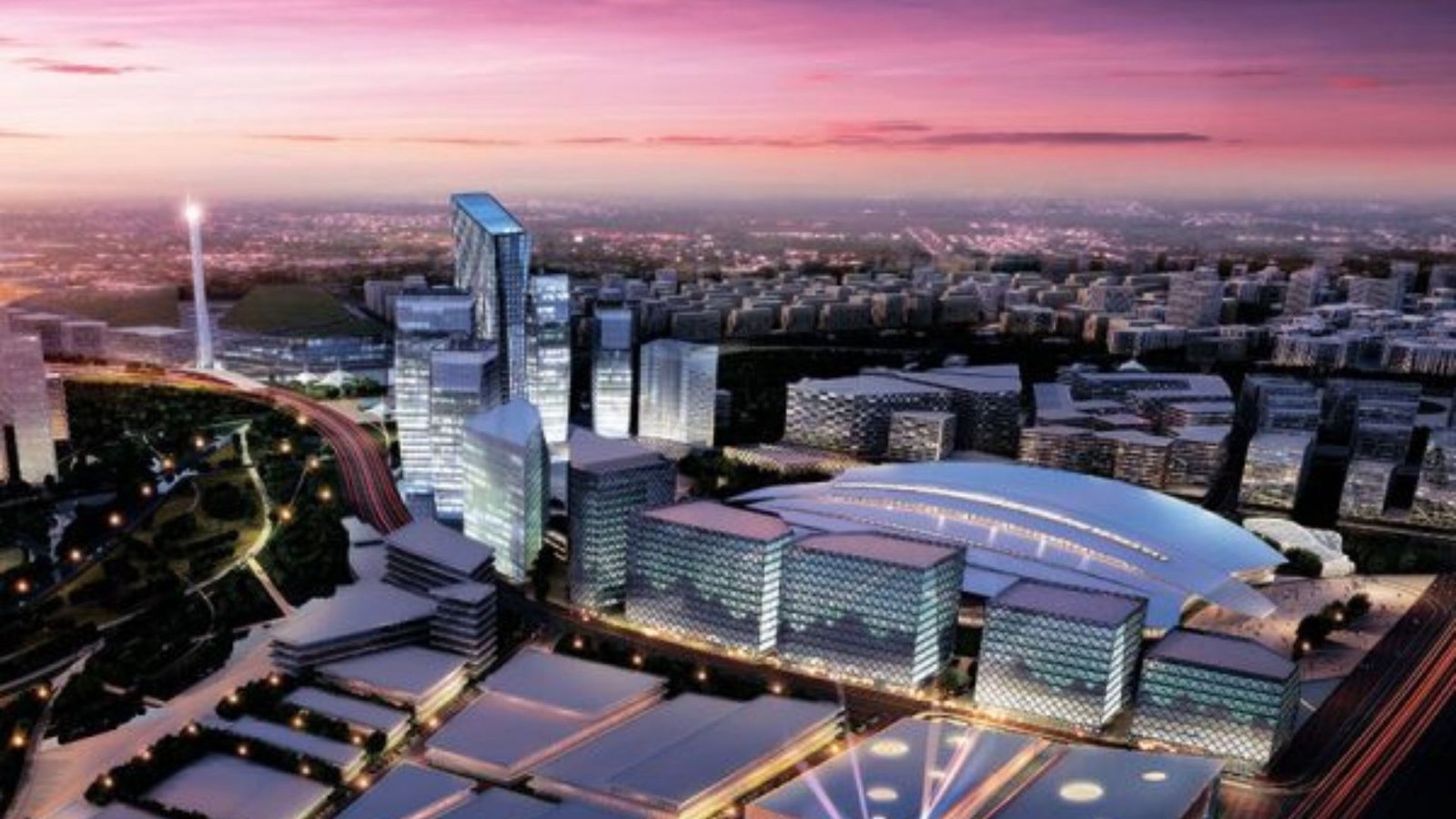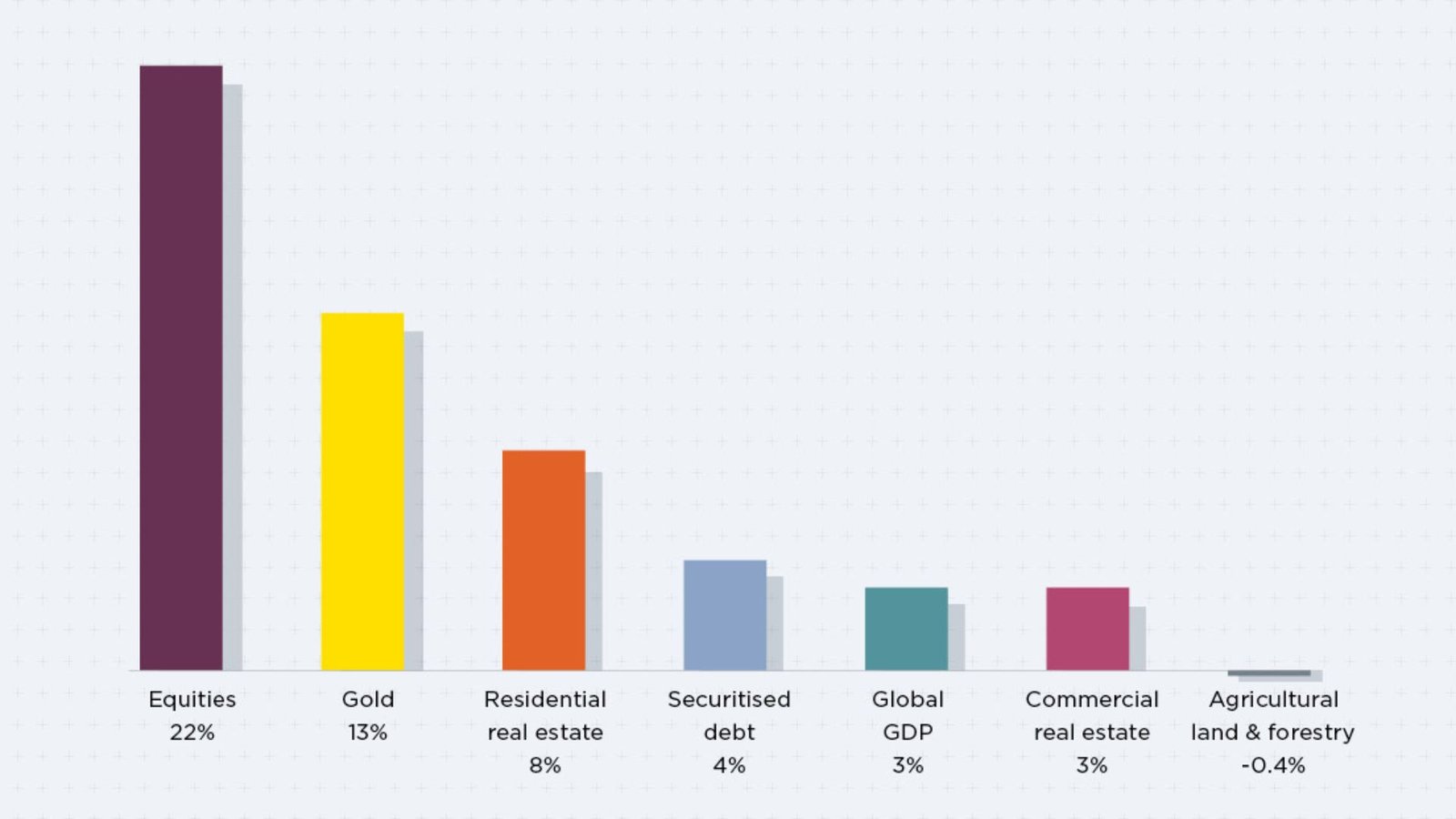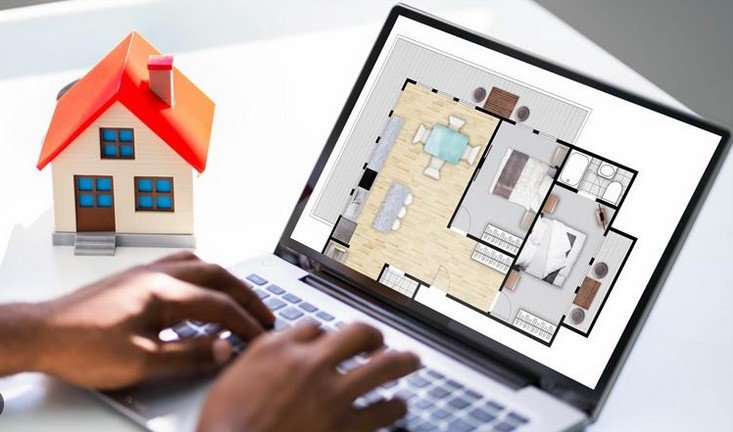Real estate projects play a pivotal role in economic development. By transforming land into residential, commercial, or mixed-use properties, these projects can stimulate local economies, create jobs, and enhance community infrastructure. This article explores how real estate projects contribute to economic development, highlighting their benefits and implications for communities and investors.

How Real Estate Projects Drive Economic Development
Job Creation and Economic Growth
Real estate projects significantly contribute to job creation and economic growth:
- Construction Jobs: The development of new properties requires a range of construction jobs, including those for contractors, architects, engineers, and laborers. These jobs provide income and stimulate spending in the local economy.
- Long-Term Employment: Completed real estate projects, such as office buildings, retail centers, and residential complexes, create long-term employment opportunities. Businesses within these properties hire staff, contributing to ongoing economic activity.
- Local Spending: Increased employment and economic activity from real estate projects lead to higher local spending. Workers and businesses spend money on goods and services, boosting the local economy and supporting other businesses.
Infrastructure Development
Real estate projects often drive infrastructure improvements that benefit the broader community:
- Transportation Enhancements: New developments frequently lead to upgrades in transportation infrastructure, such as roads, public transit, and pedestrian pathways. Improved transportation networks enhance accessibility and connectivity.
- Utilities and Services: The construction of new properties often includes upgrades to utilities and public services, such as water, electricity, and waste management. These improvements benefit existing and future residents and businesses.
- Public Spaces: Real estate projects can also include the creation or enhancement of public spaces, such as parks, plazas, and recreational facilities. These amenities improve the quality of life and attract residents and visitors.
Property Values and Tax Revenue
Real estate development impacts property values and generates tax revenue:
- Increased Property Values: The development of new properties or the renovation of existing ones can increase property values in the surrounding area. Higher property values contribute to wealth creation for property owners and investors.
- Higher Tax Revenue: New real estate projects increase the tax base for local governments. Property taxes, sales taxes, and other revenues generated from these projects support public services and infrastructure.
- Economic Multipliers: The positive effects of increased property values and tax revenue create economic multipliers. For example, higher property values can attract more investment and development, further stimulating economic growth.
Attracting Investment and Business
Real estate projects attract investment and business activity:
- Investment Opportunities: Successful real estate projects draw attention from investors seeking profitable opportunities. This influx of investment can lead to further development and economic growth.
- Business Attraction: High-quality commercial properties, such as office spaces and retail centers, attract businesses looking for prime locations. The presence of successful businesses can boost the local economy and create additional job opportunities.
- Tourism and Retail: Real estate projects that include hotels, entertainment venues, and retail centers can attract tourists and shoppers. Increased tourism and retail activity contribute to local economic growth and support related businesses.
Community Development and Quality of Life
Real estate projects contribute to community development and improve quality of life:
- Revitalization: Real estate development often involves the revitalization of underutilized or distressed areas. Redevelopment projects can transform neighborhoods, enhance property values, and create vibrant communities.
- Affordable Housing: Some real estate projects focus on providing affordable housing options. These projects address housing needs for lower-income residents and contribute to diverse and inclusive communities.
- Enhanced Amenities: New developments can introduce enhanced amenities, such as modern housing, shopping options, and recreational facilities. Improved amenities contribute to a higher quality of life and attract new residents.
Case Studies of Successful Real Estate-Driven Economic Development
Urban Renewal Projects
Urban renewal projects in cities like New York and San Francisco have demonstrated the transformative power of real estate development:
- Hudson Yards, New York: The Hudson Yards project has redeveloped a large industrial area into a vibrant mixed-use district with office spaces, residential units, retail centers, and public spaces. The project has created thousands of jobs, attracted global businesses, and revitalized the area.
- Mission Bay, San Francisco: The Mission Bay redevelopment project has transformed a former industrial area into a thriving mixed-use community with residential, commercial, and educational facilities. The project has boosted local economic activity and supported the growth of nearby businesses.
Suburban Development
Suburban development projects often focus on creating well-planned communities:
- The Woodlands, Texas: The Woodlands is a master-planned community that has grown into a successful suburban development with residential, commercial, and recreational facilities. The project has attracted businesses, residents, and investments, contributing to regional economic growth.
- Lake Nona, Florida: Lake Nona is a mixed-use community that includes residential neighborhoods, business districts, and a medical city. The development has attracted companies, created jobs, and enhanced the quality of life for residents.
Challenges and Considerations
Economic Cycles and Market Fluctuations
Real estate development is subject to economic cycles and market fluctuations:
- Economic Downturns: Economic downturns can impact real estate projects by reducing demand, delaying construction, or affecting property values. Investors and developers need to plan for market volatility and adapt to changing conditions.
- Financing Challenges: Securing financing for real estate projects can be challenging, especially during economic downturns. Developers need to explore various financing options and ensure financial stability for successful project completion.
Environmental and Social Impacts
Real estate development can have environmental and social impacts:
- Environmental Sustainability: Developers must consider environmental sustainability and incorporate green building practices. Sustainable development reduces environmental impact and enhances long-term viability.
- Community Impact: Real estate projects can impact existing communities, including issues such as displacement and changes in neighborhood character. Engaging with local communities and addressing their concerns is important for successful development.
Conclusion
Real estate projects play a crucial role in economic development by creating jobs, improving infrastructure, increasing property values, and attracting investment. Successful projects contribute to vibrant communities, enhanced quality of life, and local economic growth.
By understanding the impact of real estate development on the economy and addressing challenges, investors, developers, and policymakers can work together to maximize benefits and foster sustainable growth. Real estate projects have the potential to drive positive change and create lasting economic value for communities.




